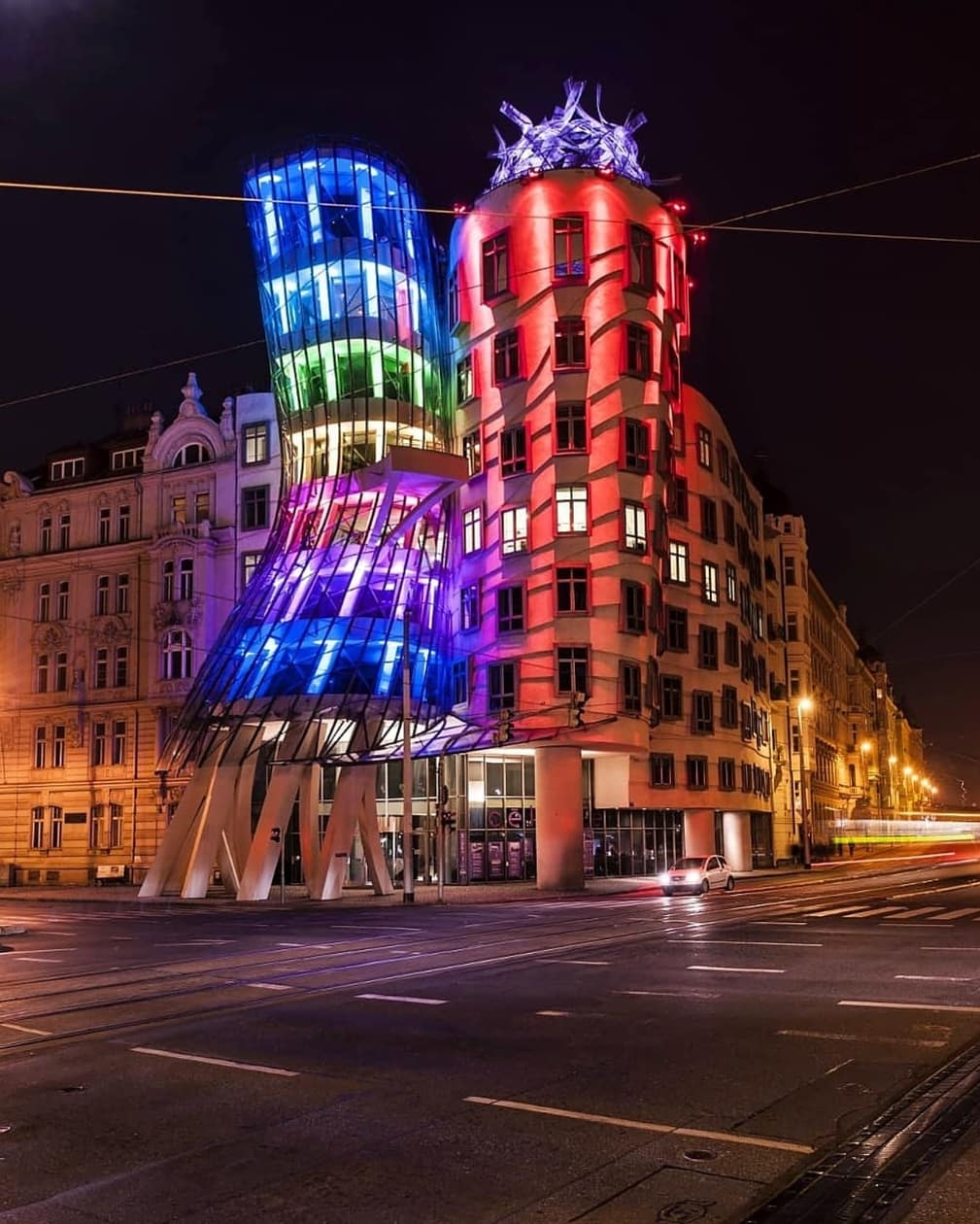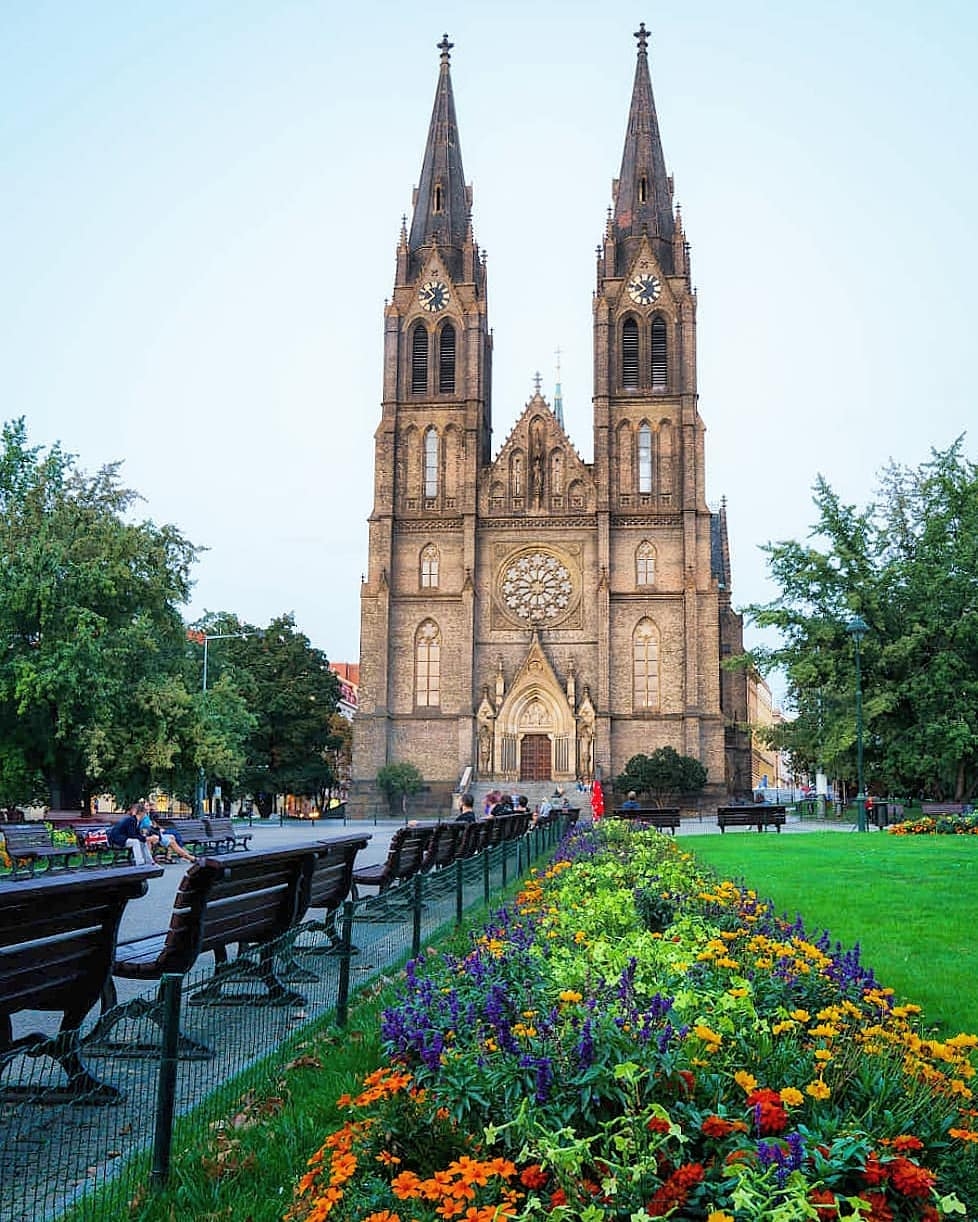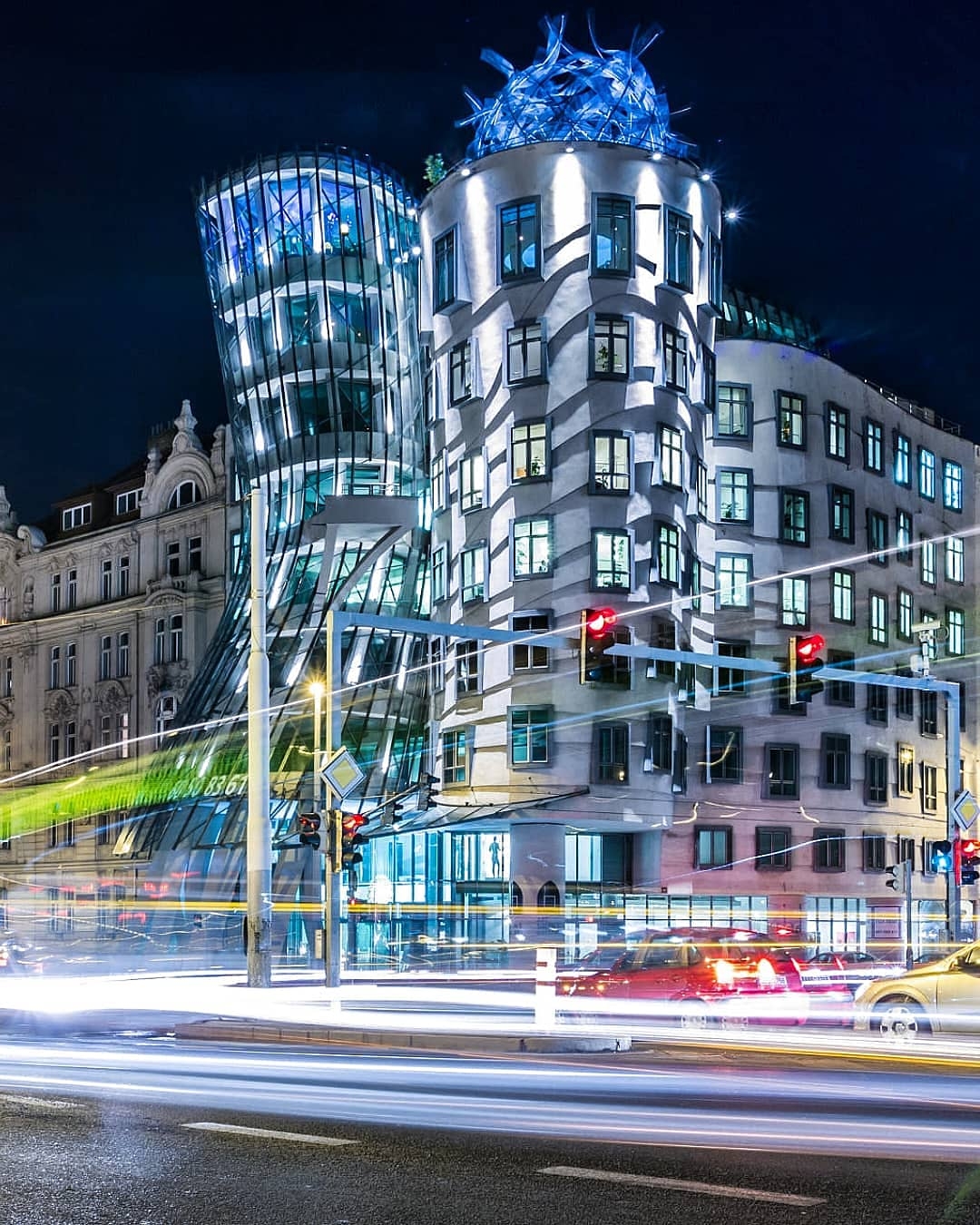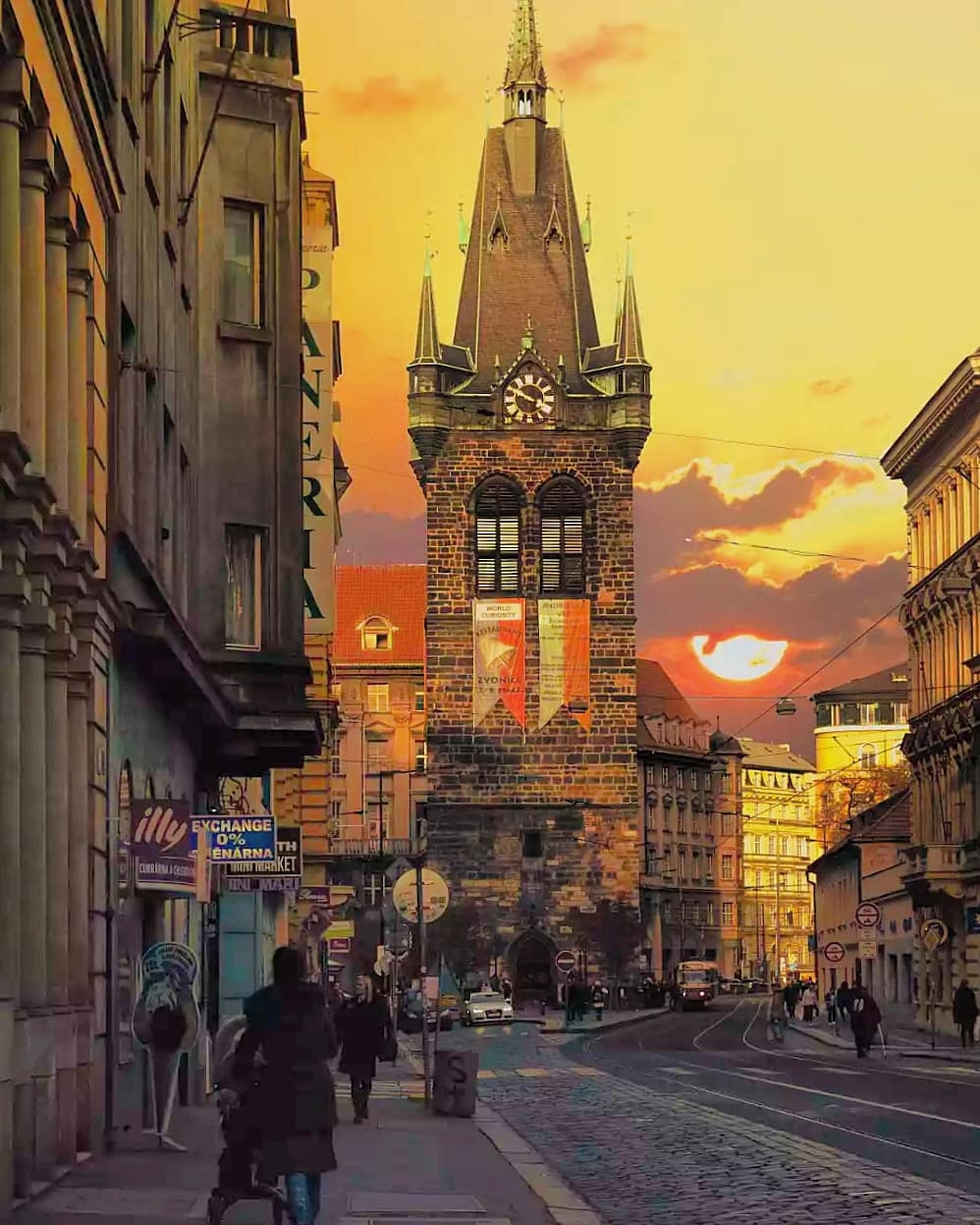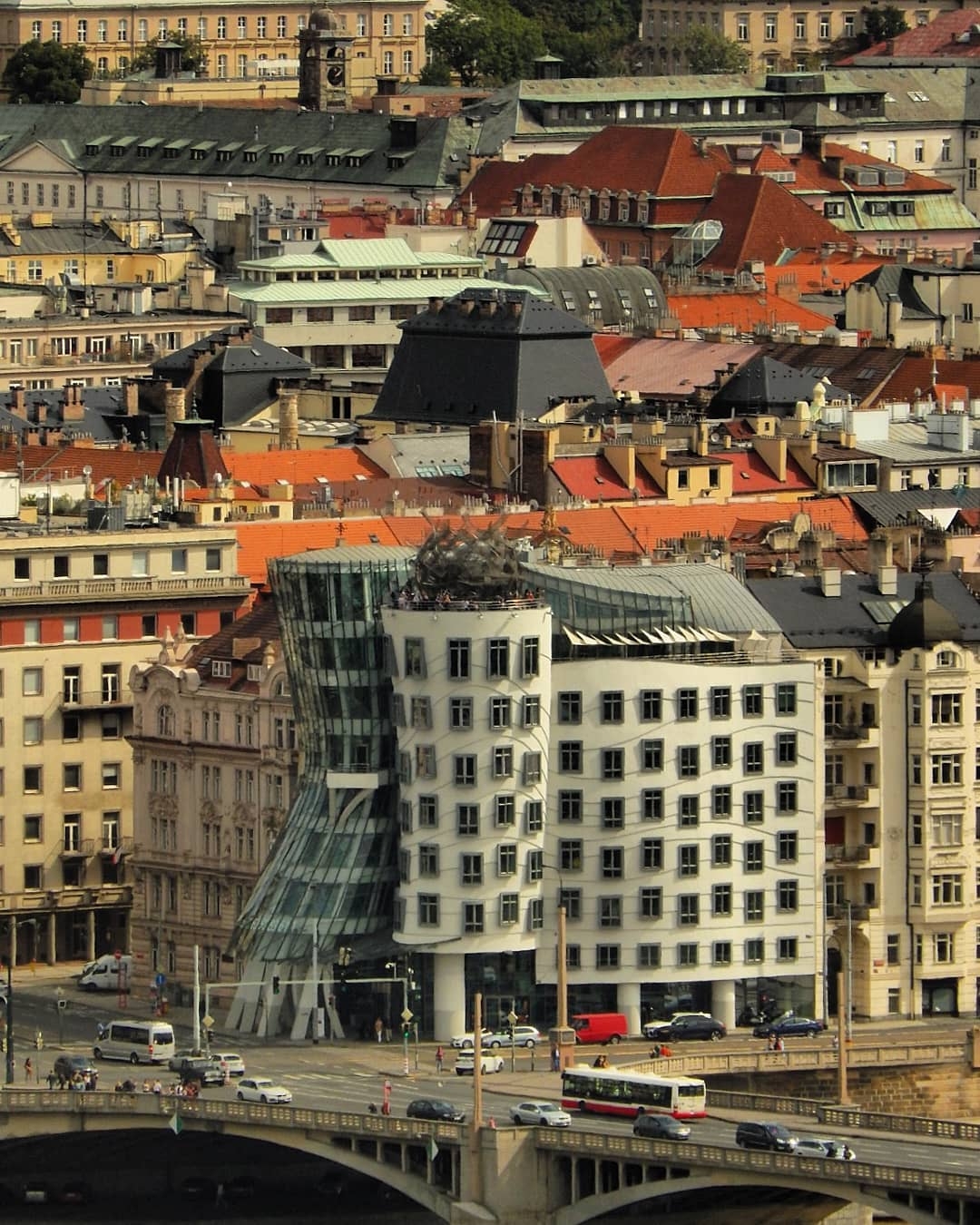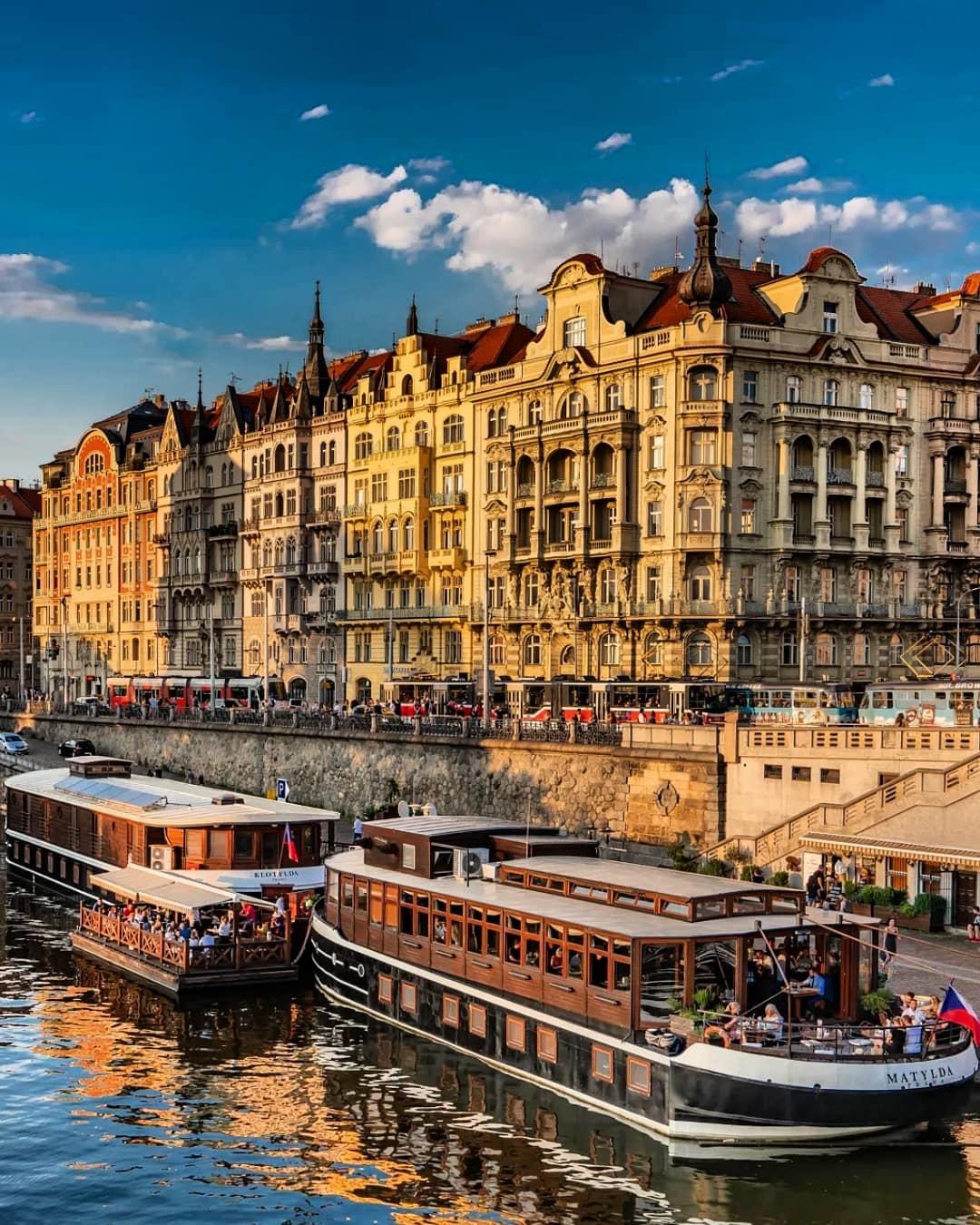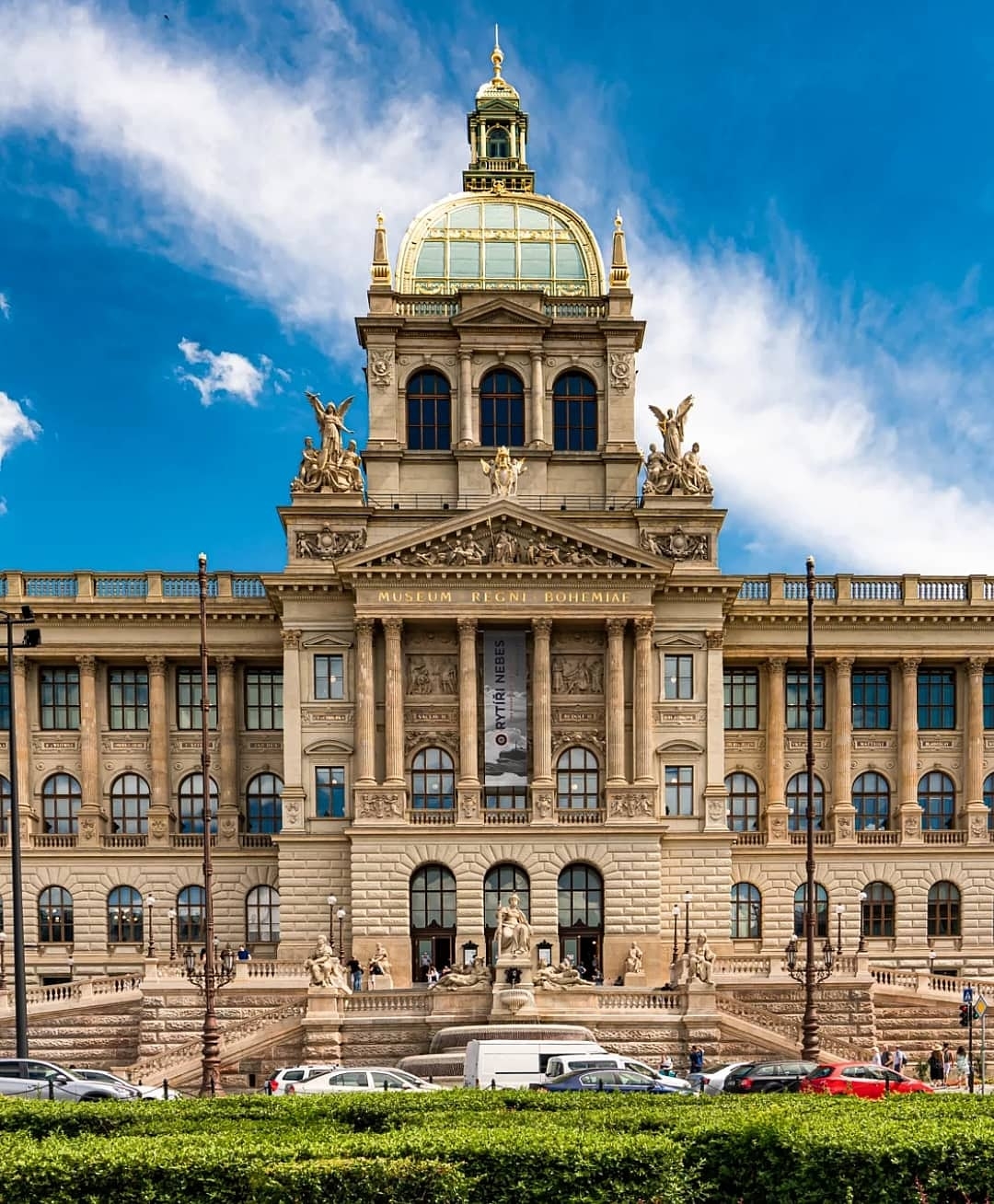THE NEW TOWN OF PRAGUE IS THE LAST OF PRAGUE’S TOWNS WHICH CLOSED THE MEDIEVAL DEVELOP- MENT OF PRAGUE. THE TOWN,
FOUNDED IN 1348 BY CHARLES IV, WAS ACTUALLY FULLY BUILT-UP ONLY OF THE LATE 19TH CENTURY.
The Wenceslas Square (Václavské náměstí), originally the Horse Market, is now the centre of the city.The square was founded by Charles IV in 1348 during construction of the New Town. Originally located here horse market, and until the middle of the 19th century on an area adorned with two fountains, the gallows and pillory. The current name of the area was got in 1848 .Today the square is a commercial, cultural and social center of the city, with the exclusive shops, night bars,expensive hotels. Outwardly, it resembles a city boulevard, stretching 750 meters long and 60 meters width.The square is dominated by the imposing building of the National Museum, a short distance in front of which stands the famous monument to the Czech patron saint,St. Wenceslas, surrounded by four saints. On the Joseph Yungmann Square, not far from Wenceslas Square, situated the Church of Our Lady of the Snows (kostel P. Marie Sněžné). The church was founded by King Charles IV in 1347 in memory of his coronation to the Czech throne.As conceived by the emperor, the church was to become the second largest after the Cathedral of St. Vit. However,the church has never been fully completed, but were built a presbytery and two side chapels. Although the church remained unfi nished, it was the highest in Prague (34 m).From Wenceslas Square we will walk down Vodičkova Street directly to the former livestock market, now Charles Square. Charles IV founded it as the main centre of Prague’s new side. That is why it has an unbelievable area (80, 500 m2) and that is why the New Town Hall,which served its purpose up to the year 1784, is located here. These walls were witness to the fi rst Czech defenestration (1419), which released the avalanche of Hussite Wars. In about the middle of the east side of the square we can fi nd the monumental Baroque Cathedral of St. Ignatius, completed in 1670 by Carlo Lurago. On the other side of the square on the Resslova street situated the Orthodox Church of SS Cyril & Methodius. In 1942, in the crypt of the church were hide the seven paratroopers
made an attempt on Reichsprotektor Reinhard Heydrich.When the paratroopers discovered, they all committed suicide right in the crypt. The Church of St. John of Nepomuk on the Rock (sv. Jan Na skalce) is one of the fi nest examples of the Bohemian baroque, located on Vyšehradská street. It was built in the fi rst half of the 18th century by K. I. Dientzenhoff er. The main altar is decorated with gilded wooden model of the sculpture of John of Nepomuk,installed on the Charles Bridge (M. Brokoff , 1682). On the south side of Charles Square is home of the legendary Doctor Faustus, who, as they say, lived in Prague in 1540.For some time the house occupied by no less mysterious personality – in 1590 it was bought by the famous adventurer and alchemist Edward Kelley. On the waterfront of Rashin embankment you can admire the Dancing House,a beautiful building of glass and concrete. Its design mimics the motion of the waves in the river, and the silhouette represents a legendary dance couple F. Astaire and D. Rogers. The tallest building in the Czech Republic is the Tower Park Praha (Žižkovská věž, 216 m) was built in 1985 – 1992.

